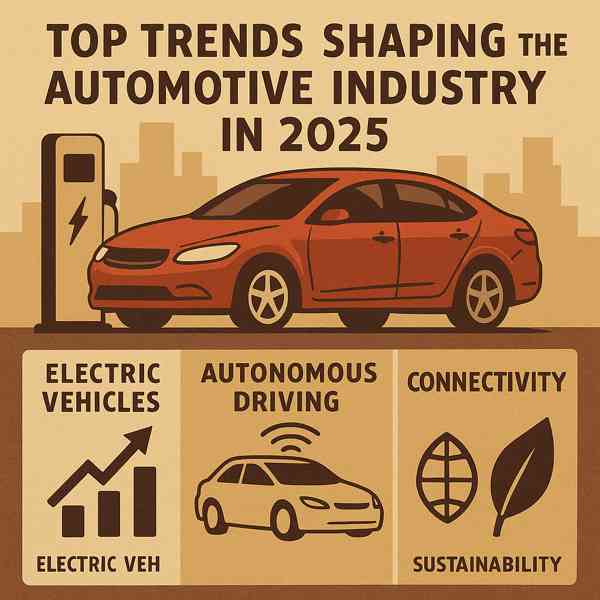Electric Vehicles: The Future of Transportation
Electric Vehicles: The Future of Transportation
Blog Article

Electric vehicles (EVs) are reshaping the way we think about transportation.
As battery technology improves and infrastructure expands, owning an electric vehicle has never been more accessible.
The Basics of Electric Vehicles
Electric vehicles are powered entirely by electric motors, rather than traditional internal combustion engines.
What powers EVs:
- Electric motor
- Stores the electrical energy
- Manages energy flow from battery to motor
- Connects to home or public chargers
Electric vehicles come in various types, such as battery electric vehicles (BEVs)—each with different levels of electrification.
Benefits of Electric Vehicles
Whether you're looking to save money or reduce emissions, EVs offer a compelling option.
Why EVs are gaining popularity:
- Electricity is cheaper than gas
- No tailpipe emissions
- Less noise and vibration
- Rebates and subsidies in many regions
For eco-conscious and cost-aware drivers, electric vehicles are an increasingly forward-thinking choice.
What to Know Before Buying an EV
Understanding the limitations of electric vehicles will help you make an informed decision.
Potential drawbacks to keep in mind:
- May require more frequent charging
- Not all areas have adequate public chargers
- More expensive upfront than comparable gas models
- Replacement can be costly without warranty
As technology advances and infrastructure improves, many of these challenges are becoming less significant.
Types of Electric Vehicles
Choosing the right type depends on your lifestyle, commute, and charging access.
Categories of electric vehicles:
- Battery Electric Vehicles (BEVs)
- Plug-in Hybrid Electric Vehicles (PHEVs)
- Hybrid Electric Vehicles (HEVs)
- Emit only water vapor
Each type has its pros and cons, so buyers should more information choose accordingly.
How to Charge Your EV
There are multiple charging levels and methods depending on your vehicle type.
Main EV charging options include:
- Slow but accessible anywhere
- Level 2 Charging
- Can charge 80% in under an hour
- Charging without cables
As public charging networks expand, EV owners will enjoy even more freedom, flexibility, and convenience.
Where the EV Market Is Heading
Electric vehicles are here to stay.
Trends shaping the future include:
- Higher energy density and faster charging
- Vehicle-to-grid (V2G) integration
- Autonomous electric vehicles
- More choices at lower prices
As innovation continues, EVs will become more efficient, affordable, and widespread.
Final Thoughts on Electric Vehicles
Electric vehicles represent a major shift in how we think about transportation.
From environmental benefits to cutting-edge tech, electric vehicles offer a powerful alternative to traditional cars.
Report this page